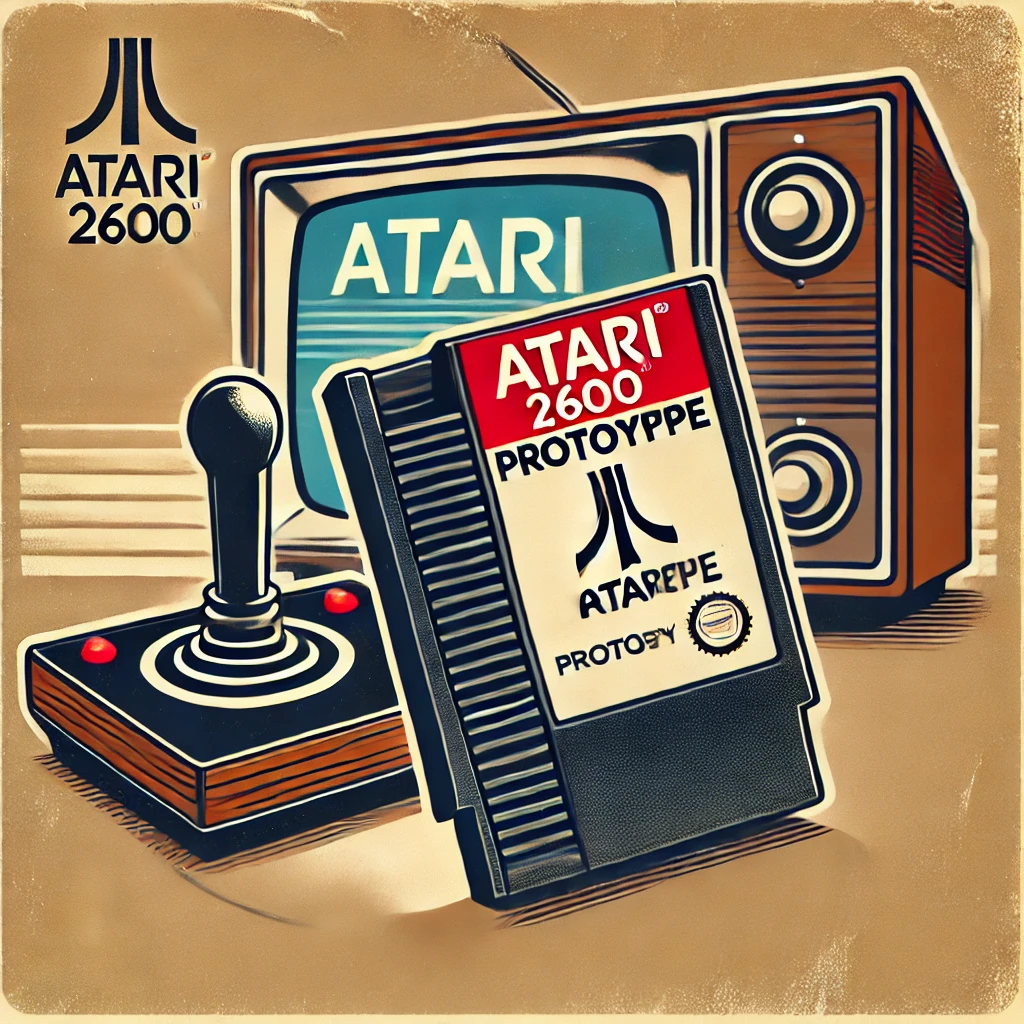The Atari 2600, first released in 1977, is a cornerstone of video game history. As one of the first home gaming consoles, it brought video games from arcades into living rooms around the world, inspiring a generation of players and creators. Even decades later, the console continues to fascinate enthusiasts and historians, and every so often, discoveries from the Atari 2600 era bring back a sense of wonder and nostalgia. Recently, an exciting new chapter was added to the story of the Atari 2600 with the discovery of a previously unreleased game prototype.
This discovery sheds light on a piece of gaming history that was once thought lost, providing insight into the development process, challenges, and creativity of the early days of the video game industry. Below, we delve into the significance of the Atari 2600, what makes prototypes so fascinating, and what we know about this newly uncovered gem.
The Legacy of the Atari 2600
The Atari 2600 was a revolutionary console that transformed the video game industry. It allowed players to swap game cartridges, unlike earlier systems that came with built-in games. Its library included iconic titles such as Space Invaders, Pac-Man, and Pitfall!, making it a cultural phenomenon in the late 1970s and early 1980s.
However, not every game developed for the Atari 2600 made it to store shelves. In those early days of video game development, numerous factors, including technical limitations, marketability, and the infamous video game crash of 1983, led to many games being canceled or shelved indefinitely. Prototypes of these canceled projects sometimes surface years later, giving us glimpses of what could have been.
The Newly Discovered Prototype
The recently uncovered Atari 2600 prototype is an exciting addition to the console’s history. According to reports, the game was found in the possession of a former Atari employee, who kept it stored in a personal collection for decades. The prototype, still housed in a hand-labeled cartridge shell, was recently rediscovered during an estate sale and has since been verified by collectors and preservationists.
The game itself is believed to have been in development around the early 1980s, during the height of the Atari 2600’s popularity. Early reports suggest it may have been an original IP or a potential adaptation of a popular arcade title. While the title of the game remains under wraps until further analysis is complete, some clues from the gameplay reveal that it was an ambitious project for its time.
Why Prototypes Matter
Game prototypes like this one are more than just rare collectibles—they are snapshots of a creative process. They represent the experimentation, iteration, and imagination of developers working within the technical constraints of the time.
Prototypes often include features or concepts that were ahead of their time or too ambitious for the hardware to handle. They provide a unique opportunity to understand how developers approached problem-solving and how they envisioned pushing the boundaries of what was possible with limited resources.
For the Atari 2600, which had just 128 bytes of RAM and a modest 1.19 MHz processor, developing games required incredible ingenuity. Many prototypes reveal fascinating techniques used to create gameplay mechanics, graphics, and sound within such constraints.
The Discovery Process
Uncovering a prototype is often the result of dedicated efforts by video game preservationists and collectors. In this case, the cartridge was found at an estate sale, where it was purchased by a collector who recognized its potential significance. Once the cartridge was obtained, it was carefully disassembled and examined to confirm its authenticity.
The preservation team extracted the game’s ROM (Read-Only Memory) from the cartridge and began analyzing its code. This process helps to determine the game’s state of completion, its intended gameplay mechanics, and any unique features it may have.
What We Know About the Game
Although the prototype is still being studied, some early observations have been shared:
Gameplay Mechanics: Preliminary tests suggest the game may have been a platformer or adventure title. The early gameplay footage shows a character navigating obstacles, collecting items, and interacting with a colorful environment.
Graphics and Sound: Despite the technical limitations of the Atari 2600, the game’s graphics appear detailed, with smooth animations and vibrant colors. The sound effects, while minimal, add a layer of immersion that was rare for many games of the era.
Unfinished Elements: Like many prototypes, this game includes placeholders and incomplete features. Some levels lack polish, and certain gameplay mechanics appear unresponsive or inconsistent. These unfinished elements give us a raw look at the development process.
The Impression of This Discovery
This prototype’s discovery is significant for several reasons.
Preserving History: Video games are a vital part of cultural history, and preserving rare artifacts like this prototype ensures that future generations can appreciate the medium’s evolution.
Insights into Atari’s Development Process: Every prototype tells a story about its time. This game may reveal how Atari approached game design during its peak, what ideas were being explored, and why certain projects were canceled.
Inspiration for Modern Developers: Rediscovered prototypes often serve as inspiration for contemporary game developers, reminding them of the creativity and ambition that shaped the industry’s early days.
The Role of Preservationists and Collectors
The discovery of this prototype underscores the importance of video game preservation efforts. Organizations and individuals dedicated to saving gaming artifacts play a crucial role in uncovering and sharing these pieces of history. By archiving ROMs, documenting development processes, and sharing findings with the public, preservationists ensure that forgotten games are not lost forever.
Collectors also play an important role, as many prototypes are found in personal collections. Their willingness to share their discoveries with the community is critical for advancing the understanding of video game history.
The Future of the Prototype
Once the prototype has been fully analyzed, it is likely to be shared with the gaming community. Many prototypes are eventually made available as digital ROMs that can be played on emulators, allowing enthusiasts to experience the game firsthand.
Additionally, this discovery could lead to exhibitions or retrospectives that explore the history of Atari and its role in shaping the video game industry. Such events provide valuable opportunities to educate the public about the challenges and triumphs of early game development.
Final Thoughts
The discovery of an unreleased Atari 2600 prototype is a thrilling moment for fans of gaming history. It not only adds to the legacy of one of the most influential consoles of all time but also reminds us of the creativity and ambition that defined the early days of the video game industry.
As preservationists work to uncover the secrets of this prototype, it serves as a reminder of the importance of preserving video game artifacts. Whether you’re a collector, a historian, or simply a fan of retro gaming, this discovery is a testament to the enduring appeal of the Atari 2600 and the stories it continues to tell.
This discovery is a gift to gaming history, a glimpse into an era where experimentation and imagination laid the foundation for the modern gaming industry. With every new piece of history uncovered, the story of gaming becomes richer and more inspiring.
No comments yet.








